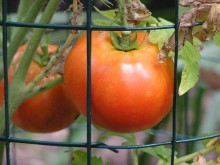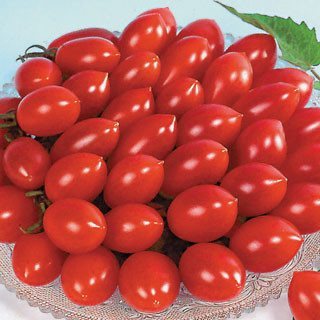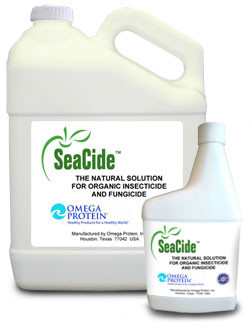
You can grow super sweet tomatoes on robust healthy plants in your garden if you know a few secrets.
There are 3 easy steps to successful tomato growing. Let’s explore the criteria.
First, don’t buy just any tomato plant or seed to grow: choose a variety that is well adapted to your climate zone.
Are you planting a spring crop? Then consider how hot it gets in zone 8b or 9: what grows in Maryland or New York won’t necessarily grow here. Are you planting for fall? Then maybe you do want a more cold tolerant variety in case we get an early cold snap.
Ask the growers at your local farmer’s market. Check the varieties at the independent garden stores. The big box stores are subject to corporate buying and don’t consider our individual micro climate in their purchasing decisions, so be careful there. Here in North Florida zone 8b we have great success with a few varieties sold by Park’s Seed:
Park’s Better Bush improved hybrid, pictured above, is a 68 day, 4″ wonder on stocky plants that grow all season long. July heat doesn’t even phase them. And amazingly enough, it grew all winter this past year as well without any extra protection from the mild cold we had.
If you favor little bite sized tidbits, a good cherry tomato is Park’s Sweet Million hybrid. It’s another stocky, indeterminate plant with tiny, sweet cherry tomatoes all season long. Bite sized goodness in 65 days at it’s best! This one definitely needs a wire basket support, however, as it will grow huge. Park’s Sugary is a 60 day grape tomato with tons of flavor and huge yields on indeterminate plants that grow all season long.
All 3 of the above varieties tolerate our North Florida heat well, yet don’t seem to mind a little cool weather at either end of the growing season. Tomato growing will slow to a halt when the temperature drops below 50 , but that doesn’t mean your plants have to die if you choose your varieties carefully.
Next, start with rich organic composted soil to grow your tomatoes in, and sweeten the pot with a few amendments for maximum yields and improved flavor. We add organic hen for extra nitrogen, greensand for trace minerals, and a little ironite because Florida soils are notoriously sandy and devoid of many of the minerals found in other areas. We also supplement the nitrogen all season long (at least bi-monthly) with liquid fish emulsion. You won’t believe the difference in the taste. There’s organic tomatoes and then there’s your organic tomatoes!
And when the worms join the garden for a feast: pick them off. Not too tough for the home gardener, since we usually only have room for a handful of plants. The bugs are seasonal: you’ll only have to do this for about 2 to 3 weeks of the season. If you have chickens, turn them loose in the tomato patch and they will eat the critters for you!
One of the neat things about organic gardening, is that healthy unstressed plants are actually less susceptible to most of the annoying pests and micro-organisms. For the few that do plaque you, there’s a safe organic answer: Seacide, a natural fungicide, bacteriocide, and insecticide that won’t harm the soil or the water. It’s made from three natural, non-petroleum ingredients and can be sprayed on edible plants at any time up to harvest. It controls aphids, mites, whitefly and more, and suppresses black spot, powdery mildew, and greasy spot, It works on all stages of pest development and even has some preventive action as well. Check out the link to the right for a 10% code / discount on SeaCide (and yes this is an affiliate link). More technical data can be found here.
Last but not least your tomatoes need consistent water. Ever try to go an entire day without drinking enough liquid? I hope not — it’s not a fun feeling. And tomatoes don’t like it either. If we’re not having a daily rain shower, your tomatoes are likely thirsty. Give them a drink every morning or night. An easy way to conserve the soil moisture for tomatoes is to grow them in 15 or 25 gallon nursery pots or big buckets of any description. And not necessarily in full sun — no matter what the seed packet says. Our Florida sun is brutal to tomatoes in full sun: we get much higher yields out of planting them in partial sun, maybe about 4 to 6 hours of sun a day, filtered here and there by trees.
So, in conclusion the 3 criteria to successful tomato growing are these:
- Choose a variety that works in your zone and with your soil type.
- Use good soil and amendments with organic pest control.
- Provide adequate, consistent water to plants in partial sun.
Happy gardening and Bon Appetit (to quote Julia Childs) !



